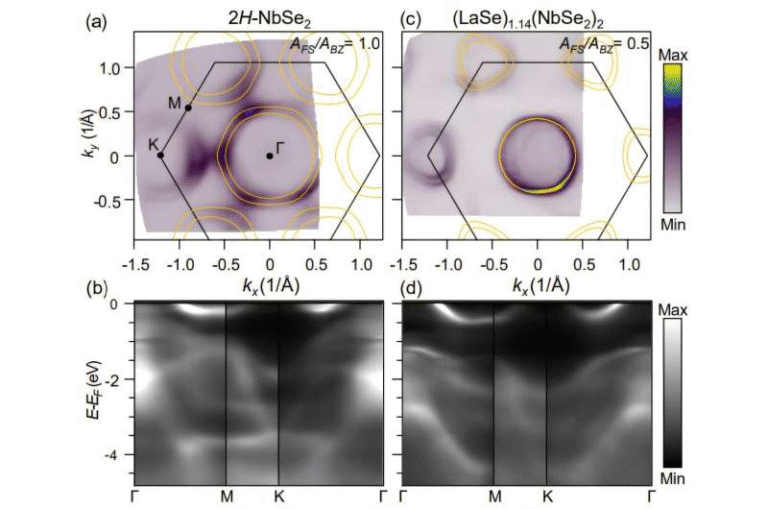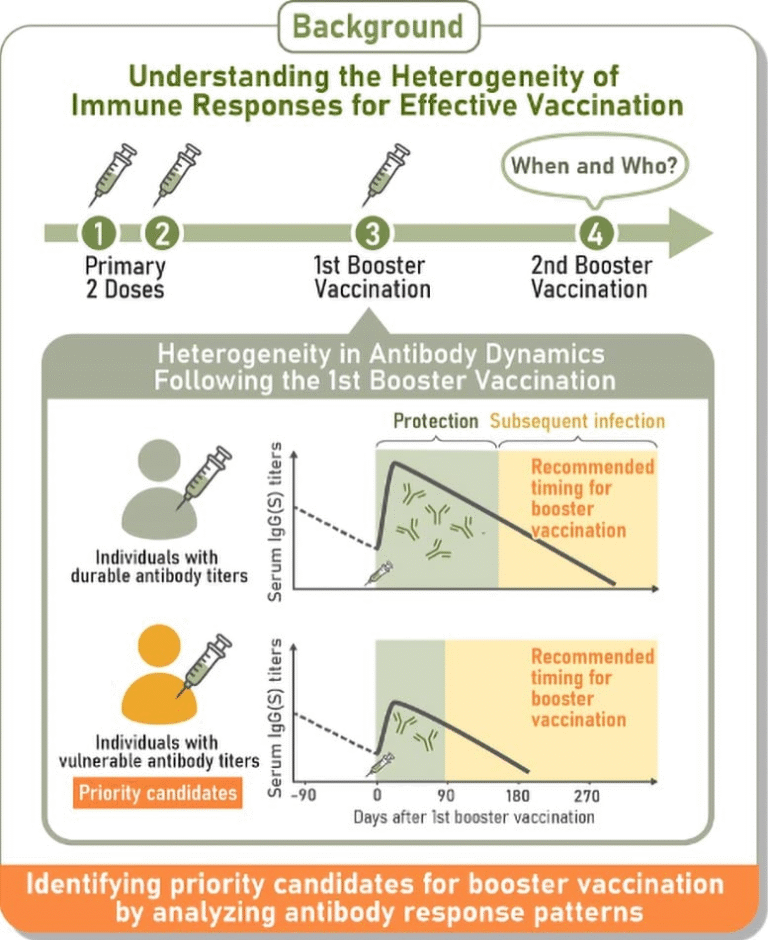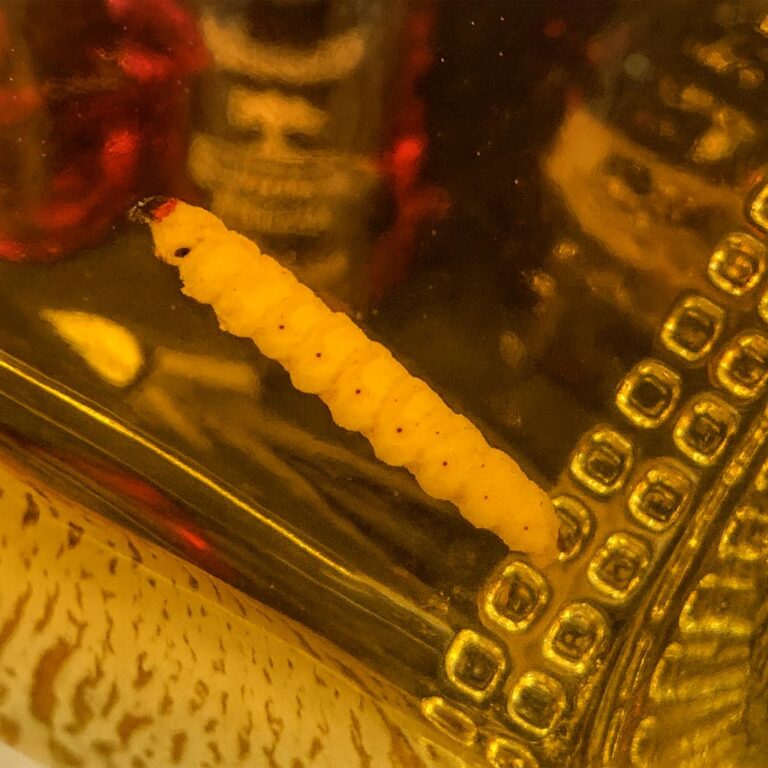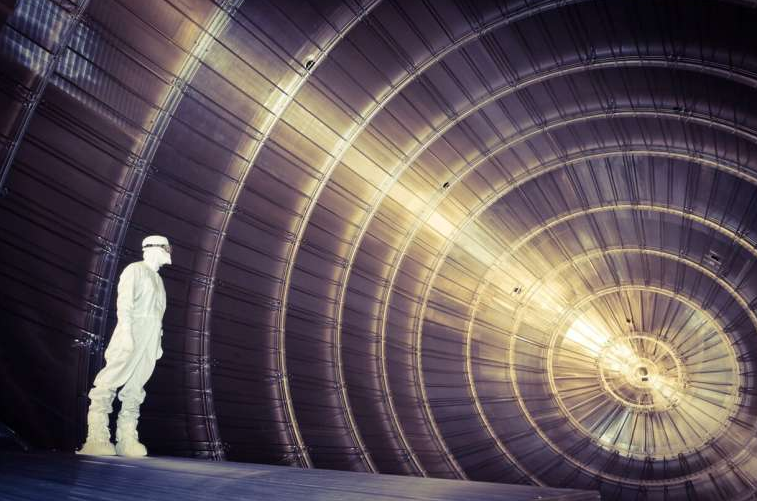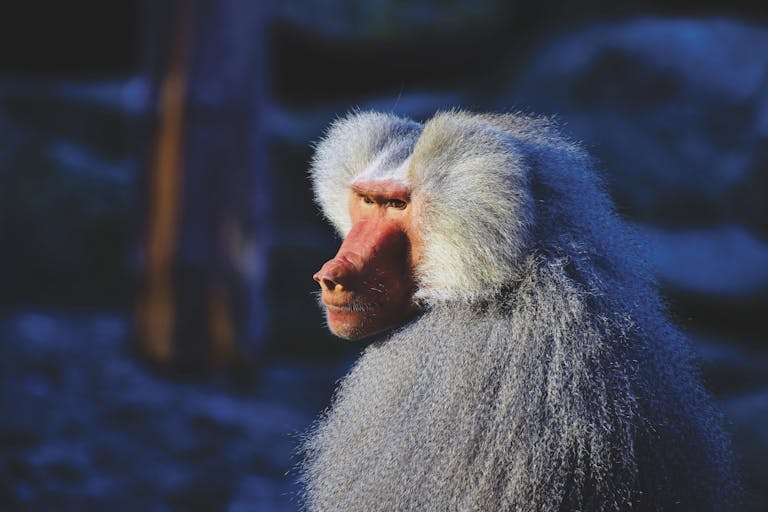The Bright Yellow Worm That Turns Ocean Poison Into Golden Crystals


Deep in the darkest corners of the Pacific Ocean, where the seafloor splits open and boiling hydrothermal vents gush out toxic fluids, lives one of the strangest creatures ever found—a bright yellow worm that literally turns poison into golden crystals of survival.
This unusual animal, known as Paralvinella hessleri, doesn’t just survive in a place that should kill almost anything—it thrives there. And the secret to its survival is as dazzling as its color.
Life in the Danger Zone
Imagine an environment so hostile that it’s filled with scalding hot water, laced with dangerous levels of arsenic and sulfide. For most forms of life, this is a death sentence. But for P. hessleri, it’s home.
These worms live right next to the vents where temperatures soar and toxins are everywhere. Over time, they’ve adapted in a way no other known animal has managed. In fact, in some cases, arsenic makes up more than 1% of their body weight.
That raises the obvious question: how do they keep from poisoning themselves?
The Worm’s Golden Trick
Scientists from the Institute of Oceanology, Chinese Academy of Sciences, decided to investigate. Using a combination of advanced microscopy and chemical analysis, they discovered something remarkable: the worm doesn’t just tolerate arsenic—it uses it.
Here’s how it works: inside the worm’s skin cells, arsenic gets trapped. There, it reacts with sulfide from the vent fluids. Instead of staying as a deadly toxin, the two combine to form clusters of a bright yellow mineral called orpiment.
In other words, the worm is “fighting poison with poison”—turning two dangerous substances into something far less harmful. As a bonus, the orpiment crystals give the worm its striking golden-yellow glow.
A Unique Survival Strategy
What makes this even more fascinating is that no other animal has been found to use this exact trick. Some related worms and even a few snails in the western Pacific seem to build up arsenic in their tissues too, but P. hessleri is the only one known to biomineralize it in this way.
The research team described it as a brand-new detoxification strategy. It’s not only a survival tactic—it’s a biological innovation that could change how scientists think about life in extreme environments.
Beauty in the Depths
One of the scientists on the team recalled being completely stunned during their first deep-sea expedition. Watching the remotely operated vehicle’s camera, they saw bright yellow worms clustered around the vents, glowing vividly against the dark volcanic landscape and white mats of microbes. It was like finding sparks of gold hidden in an underwater wasteland.
And here’s a quirky twist: orpiment, the very same golden mineral the worm produces, was once treasured by medieval and Renaissance painters as a pigment. The connection between art history and deep-sea biology is almost poetic—golden color linking human creativity with survival at the ocean’s edge.
Why This Matters
At first glance, it might seem like just another weird deep-sea story. But discoveries like this highlight how creative life can be when faced with impossible odds. If a worm can invent its own way of neutralizing poison by turning it into glittering minerals, who knows what other adaptations might be hiding in Earth’s unexplored depths?
Scientists hope that this “fighting poison with poison” model will spark new ideas about how marine animals interact with toxic elements. It could even inspire biotechnological innovations in the future.
For now, though, P. hessleri remains a glowing reminder that survival often comes down to unexpected ingenuity. In the harshest places on Earth, life doesn’t just cling on—it shines.

